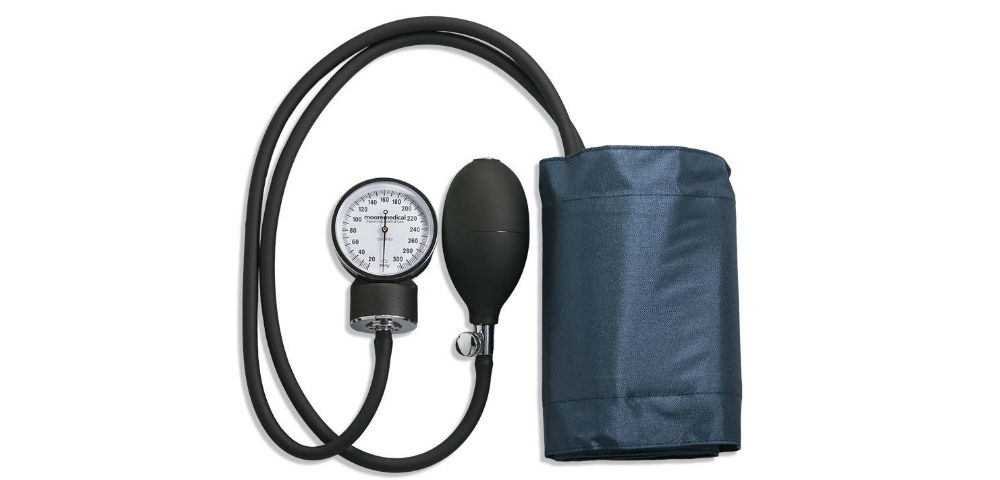Laurie's Blogs.
May 2020
Systolic Blood Pressure and Pain

I’ve got a bit of information for you to wrap your brain around! Here goes!
I came across an abstract that discussed the uses of a non-thrust manipulation (i.e. a mobilization) for the purpose of treating mechanical neck pain.
Yung E, Oh C, Wong M, et al. Non-thrust cervical manipulations reduce short-term pain and decrease systolic blood pressure during intervention in mechanical neck pain: a randomized clinical trial. J Man Manip Ther. 2020;28(2):82‐93.
The researchers chose two different mobilizations (lateral mobilization or an anterior/posterior mobilization – human study I should add). They then measured blood pressure and heart rate before, during and after the intervention, as well as disability and pain.
What they found:
- •Resting systolic blood pressure (SBP) was significantly reduced along with a reduction in pain reporting for two days following the interventions.
- •There was no difference between the two mobilization techniques.
What does that mean? Interesting to me is that the study suggests that there is a correlation between systolic blood pressure and pain, furthermore, there appears to be a SBP-related hypoalgesia mechanism in normotensive individuals. I’d never heard of this correlation before.
When I go online, there are some other studies that look at this correlation as well. (Appears I’m just late to the party on acquiring this knowledge!)
1.Yung EY, Oh C, Wong MS, et al. The immediate cardiovascular response to joint mobilization of the neck - A randomized, placebo-controlled trial in pain-free adults. Musculoskelet Sci Pract. 2017;28:71‐78.
2.Yung E, Wong M, Williams H, Mache K. Blood pressure and heart rate response to posteriorly directed pressure applied to the cervical spine in young, pain-free individuals: a randomized, repeated-measures, double-blind, placebo-controlled study. J Orthop Sports Phys Ther. 2014;44(8):622‐626.
I am noting that this is the same research group. But that’s okay… when you find out something novel and cool, might as well continue on with that vein of research.
Okay, now the other take away from this bit of research that I see is that there might be other therapeutic strategies that we employ that reduce blood pressure and, if we can transfer the findings of these studies to other interventions, might explain why they work. For example, massage has been shown to reduce blood pressure. Craniosacral therapy affects systolic blood pressure. Exercise has an effect on blood pressure.
Fascinating, don’t you think? It might not change WHAT we do, but it helps to explain WHY we do what we do, and it bolsters our clinical reasoning as well!
So, there is your 5 minutes of brain growth for the day! Enjoy!
Cheers,
Laurie


